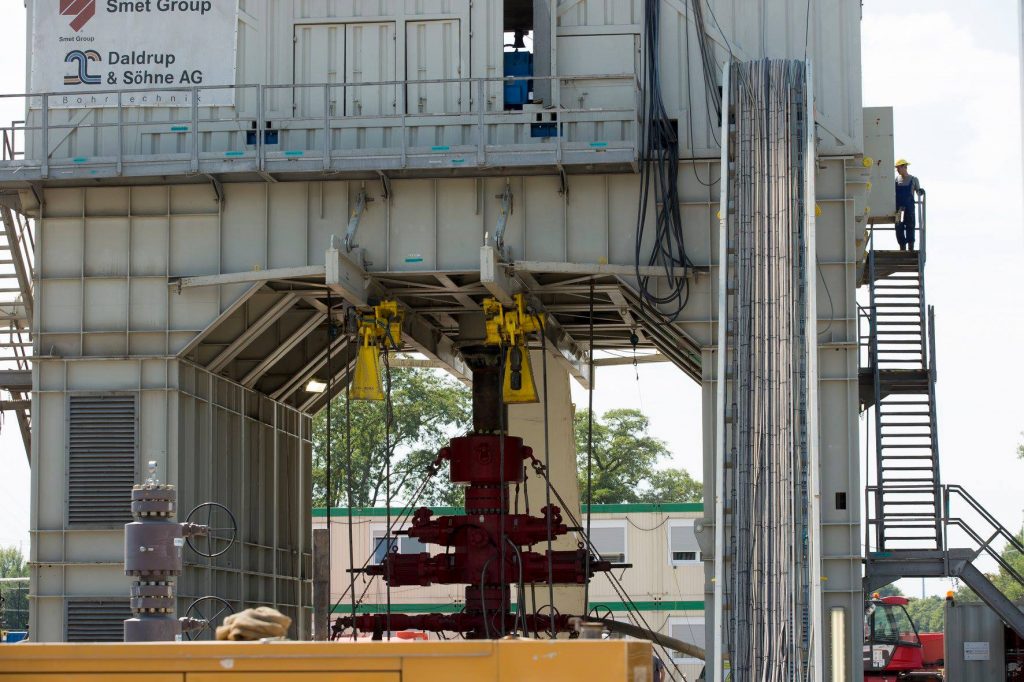Geothermal could help Belgium cut dependence on foreign energy supply
With good resources at depth, geothermal energy is a real option for Belgium to become more independent from foreign energy supply, mostly for heating purposes. With the geothermal heating project at Mons, the country is hopefully kicking off further development.
Today, Belgium remains very dependent on foreigners energy supply, as described by Belgian news outlet RTBF. One of the solutions may lie in the development of geothermal energy: the capture of energy, in the form of heat that resides naturally underground. Clean and renewable, this type of energy is still underused in our country.
While the article also touches upon the use of geo-exchange heat pumps, it also covers deep geothermal resources that could help the country to avoid using fossil fuels.
For Belgium, geothermal energy could become one of the country’s sources of energy of the future.
Estelle Petitclerc, geologist of the Institute of Natural Sciences describes that geothermal energy “has very little impact on the surface, that is why we often forget to talk about it. It is a renewable energy and it has its part to play in the energy mix of tomorrow. But to go and utilise it, one must understand the geological setting. We have to drill and then analyze the rocks that must, above all, be permeable.” She shows us a rock with open fractures in which water can circulate. She explains that the more fractures, the more water circulates and the better we can capture and remove a significant flow.
The depth of the deposit is also important. From 100 to 500 meters, it is shallow geothermal, the temperature of the water varies from 15 to 20 ° C, it is possible, in a closed circuit, to heat houses and buildings with heat pumps. The deeper geothermal can get heat up to 3,000 meters underground, the water temperature can go up to 80 ° C.
In Saint-Ghislain, the water gushes out at 73 °C
This is the case of the geothermal heating plant at Saint-Ghislain near Mons, where no less than 100 cubic meters of water per hour flow naturally at 73 °C. Nicolas Dupont works in the Department of Applied Geology at the University of Mons. He gives us a little historical reminder: “Originally, it was drilling more than five kilometers deep that was done to recognize the geology of the region. At two thousand five hundred meters deep, we discovered a level of hot water that has been exploited for geothermal energy since the 1980s. ”
The water table in question, is gigantic. It has been fed, for millions of years, by the rains. David Charlet, Head of Department of Studies and Research at the intercommunal IDEA, confirms: “Just turn the valve, since the hot water is under pressure, it will spring and go through the various facilities to heat the different consumers “.
Geothermal energy still used too little
Once again, the principle is very simple. The hot water that comes from the earth passes its heat to a whole network of pipes, it will circulate all along the six kilometers of insulated pipes. These pipes insulated from the outside help maintain the temperature to the many consumers including a hospital, train station, schools, a communal pool or social housing. Two other boreholes are already planned, to extend the area further.
In Belgium, the geothermal potential is, apparently, under-exploited.
Estelle Petitclerc, is confident: ” We see that the projects are developing, there are new boreholes planned in the geological basin of Mons and in Mol, in Flanders, we are building the first geothermal heating plant of the country which should produce heating from here, we hope, two or three years .
Before 2010, France saw an investment of only EUR 300,000 into research. Between 2010 and 2015, the investment was almost multiplied by fifty. Our basement is perhaps much richer than we think.
Source: RTBF


















